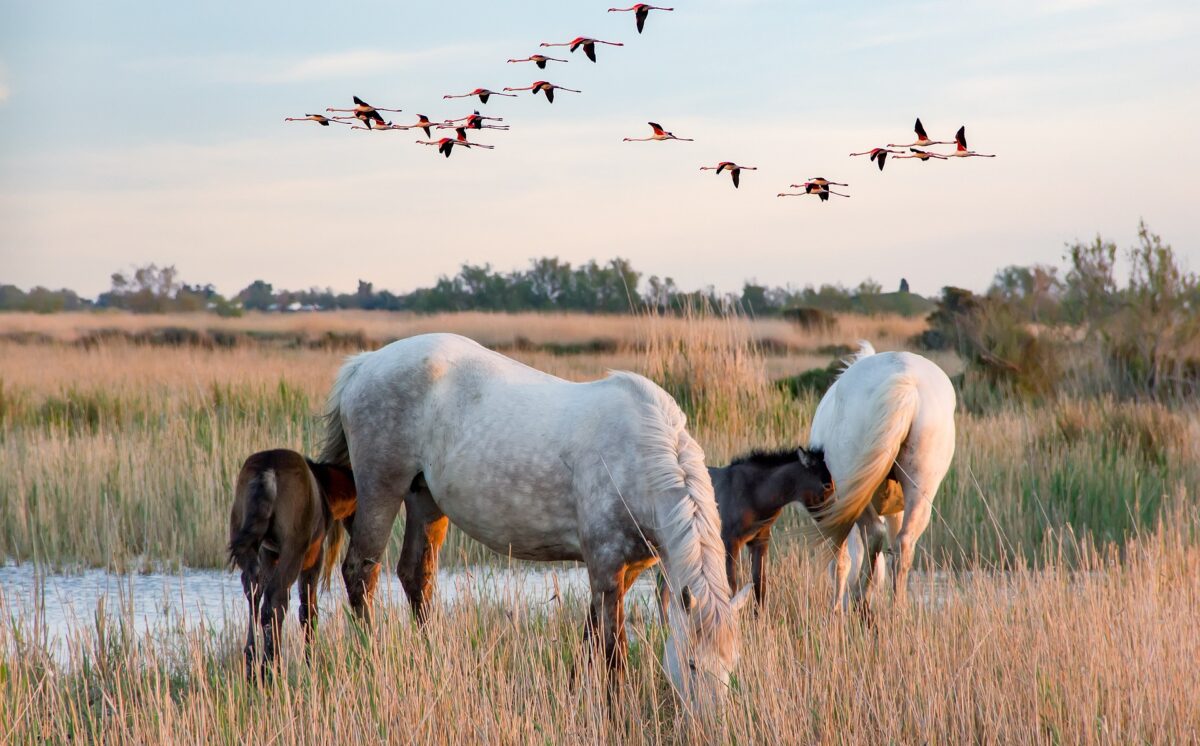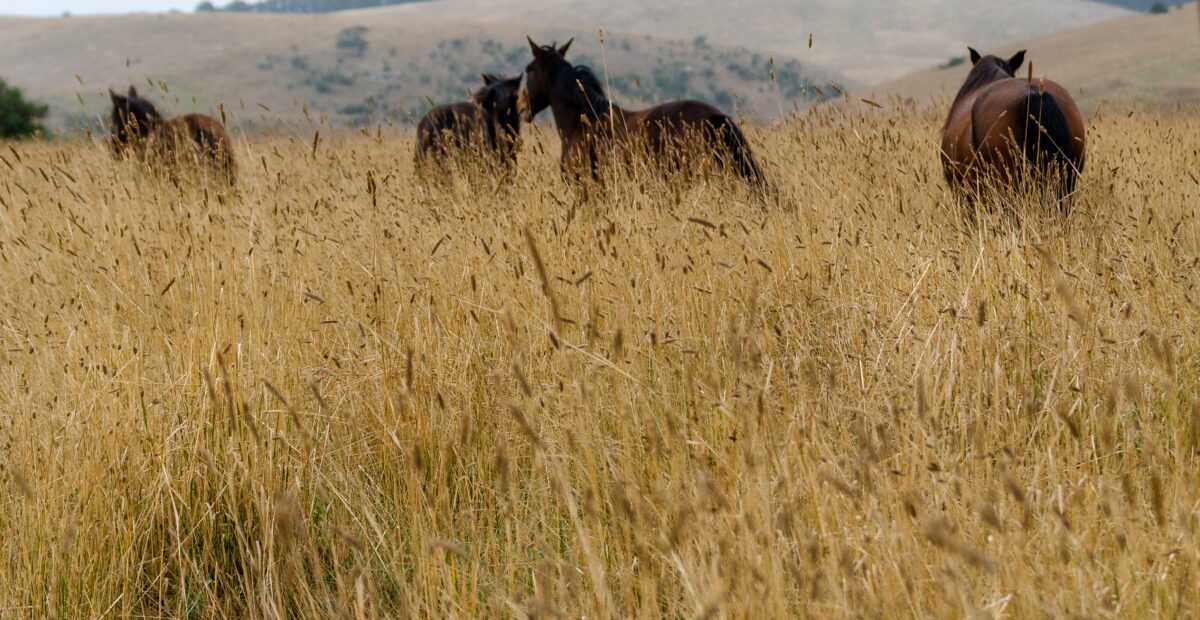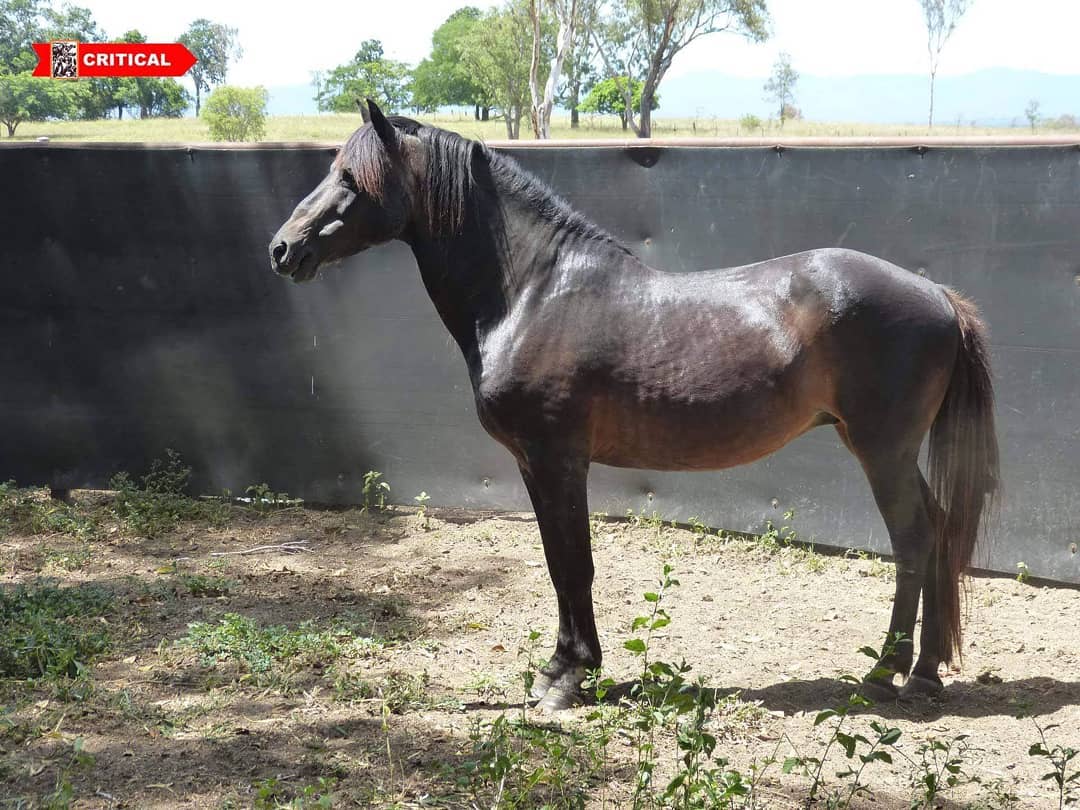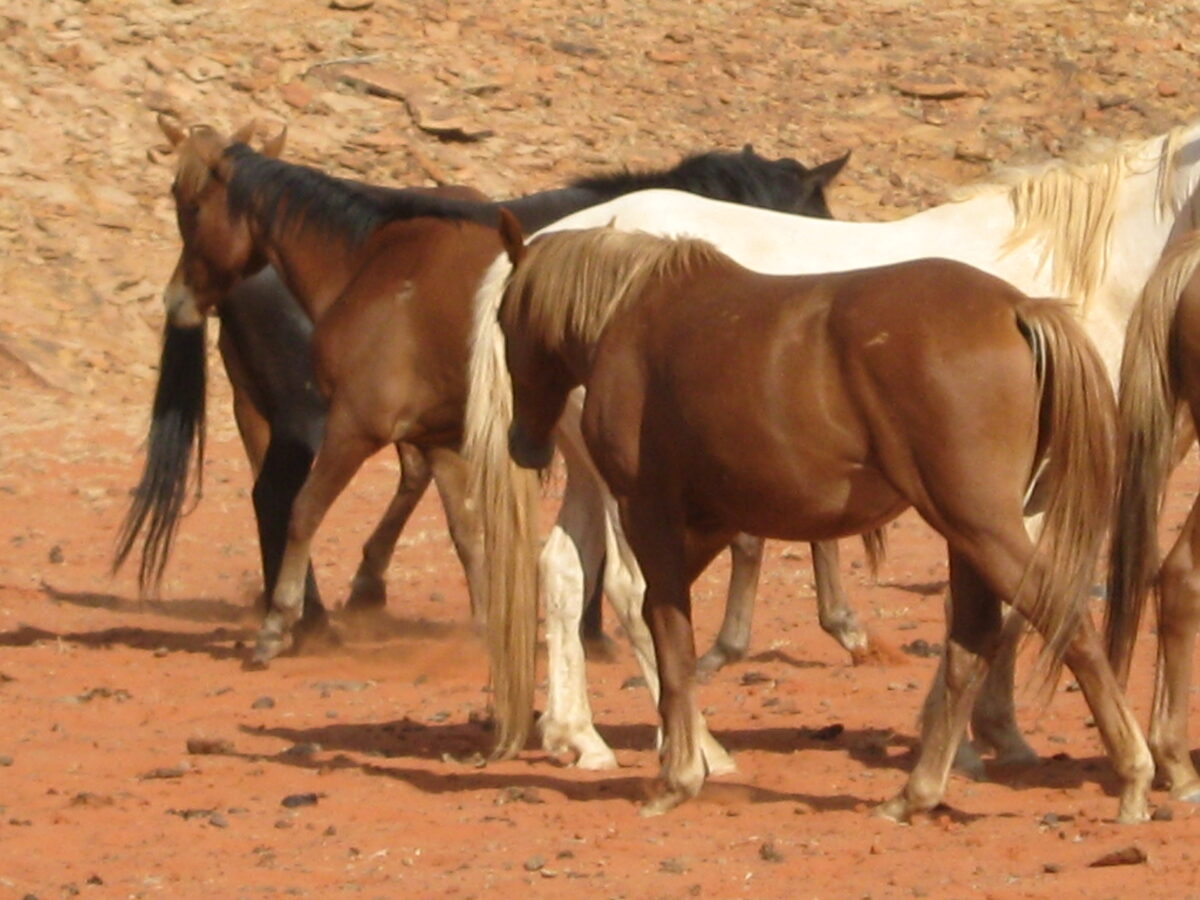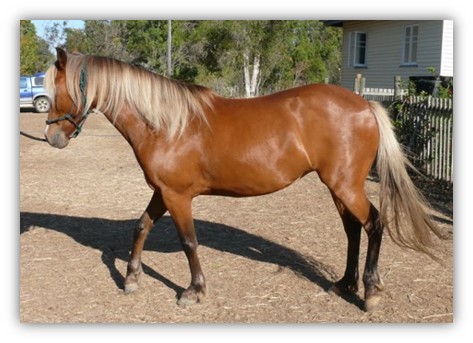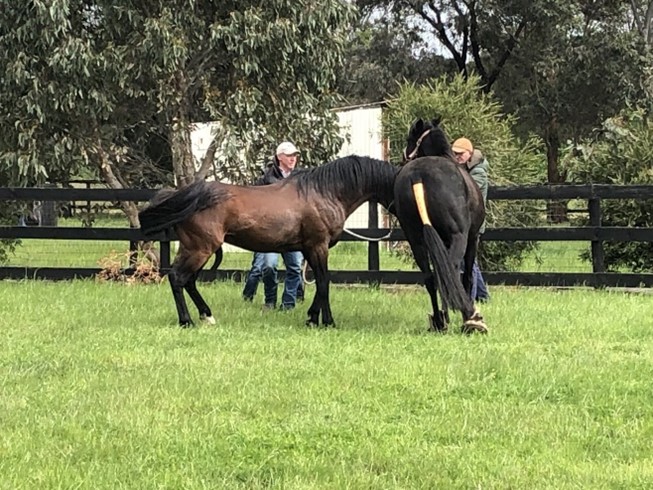Congenital Problems in Quarter Horses, Paints and Appaloosas
It is well established that a significant proportion of Paints, Quarter Horses and Appaloosas carry serious congenital problems.
The only way to keep a breed safe is testing for suspected faults and de-registering if found.

